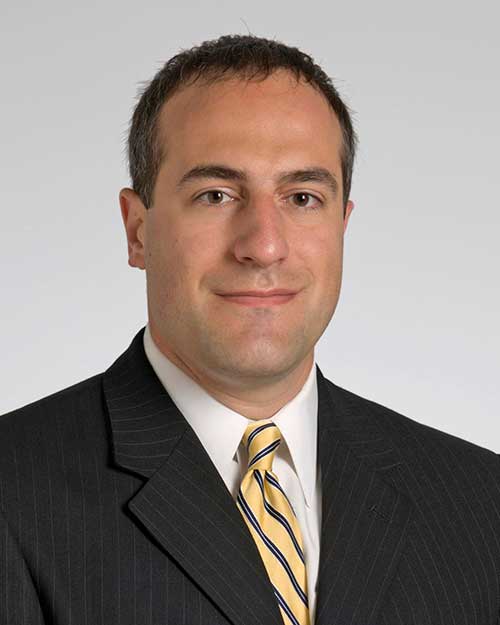
A top American hospital, Cleveland Clinic, has successfully implanted a leadless pacemaker defibrillator system in the world’s first two patients as part of a global clinical trial. The novel device combines the technology of a leadless pacemaker with a subcutaneous implantable cardioverter defibrillator, which aims to deliver treatment for both low and elevated heart rates.
Pacemakers provide electrical stimulation to regulate a patient’s heartbeat while an implantable cardioverter defibrillator under the skin (a subcutaneous-ICD) is implanted to constantly monitor the patient’s heart rhythm and protect against sudden cardiac arrest, which occurs in more than 356,000 people each year in the United States alone.
Unlike conventional pacemaker-ICDs, this leadless system does not require wires to be threaded through the blood vessels, which are vulnerable to fracture over time and are associated with blood clot risks. In the past, patients receiving subcutaneous-ICD alone, did not have the capability to receive back-up pacing support for abnormally slow heart rhythms, including potentially lethal asystole (cardiac flatline), and did not have the capability for painless termination of sudden cardiac arrest due to ventricular tachycardia, which is overwhelmingly the most common lethal arrhythmia.
“Modular therapy curates implantable medical device therapy to the specific needs of patients throughout their lifetime so that they receive only the device they need when they need it,” said Daniel Cantillon, M.D., research director and associate section head of Cardiac Electrophysiology and Pacing in the Heart, Vascular & Thoracic Institute at Cleveland Clinic and global principal investigator. Dr. Cantillon is a consultant for the makers of the device.
“Combined use of both types of devices in a leadless approach could benefit a much larger patient population,” said Dr. Cantillon. “Furthermore, while life-saving, ICD shocks are both painful and psychologically traumatizing for patients. It’s our hope that the combination of a tiny leadless pacemaker implanted directly into the heart with the subcutaneous-ICD in the soft tissue will allow the majority of lethal arrhythmias to be painlessly terminated without long-term risks.”
The multi-center, non-randomized clinical trial of the device will evaluate the safety, performance and effectiveness of the modular cardiac rhythm management system.





























